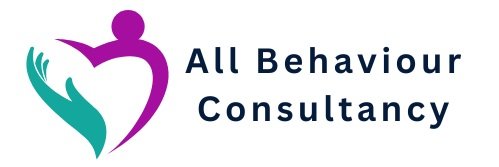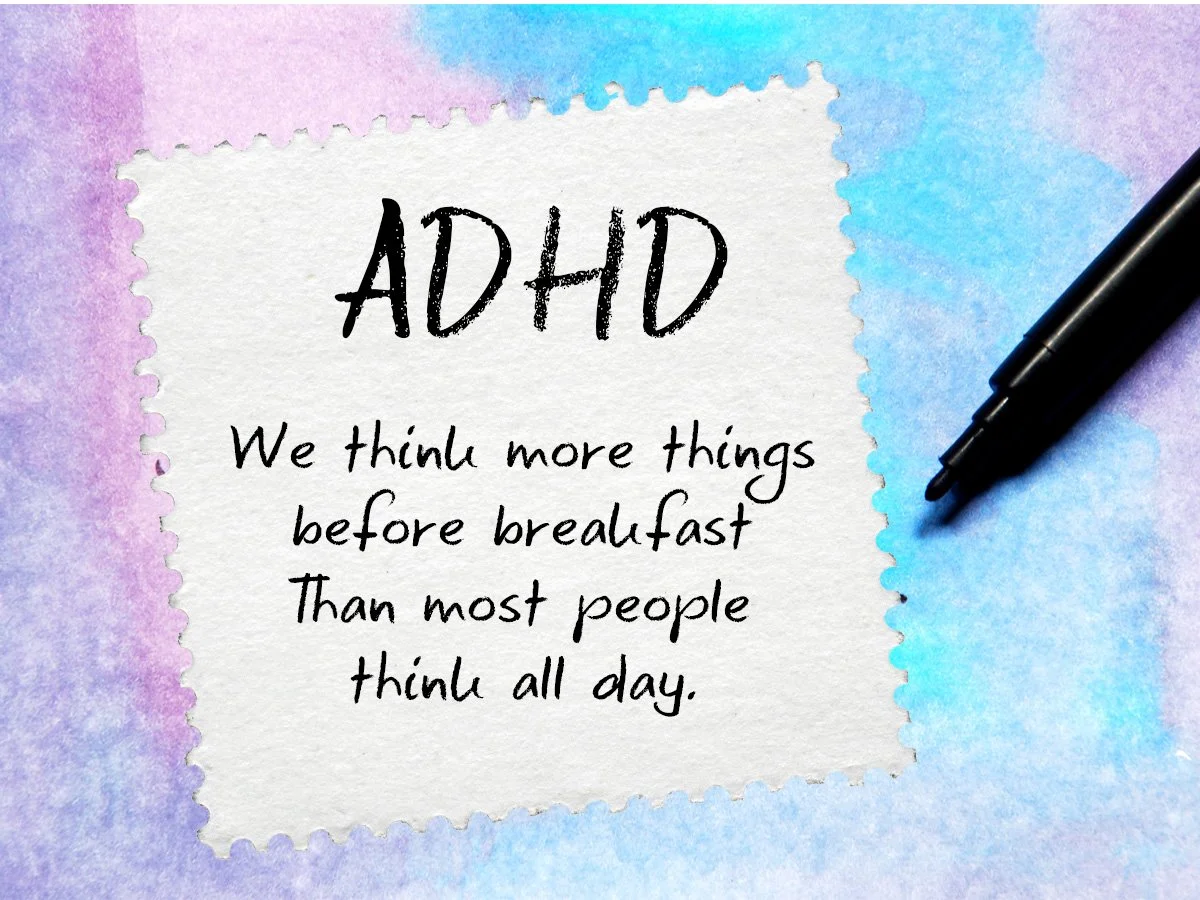The Power of ADHD: Embracing Strengths and Building Skills with ABA
When we think of people living with ADHD, we often are limited in our perception and the stigma that is attached to it.
Instead of focusing on the challenges of ADHD, what about the strengths?
In a world that is becoming increasingly aware and supportive of neurodiversity, ADHD is often now referred to as a ‘superpower’.
So, what makes people with ADHD remarkable?
Despite difficulties with attention and impulse control, ADHD often leads to greater creativity, unconventional abstract thinking, and an impressive ability to hyper-focus on what truly interests them.
In this blog, we discuss further the hidden strengths of ADHD and look at how ABA therapy can benefit both children and adults with ADHD.
Famous people & their ADHD ‘superpowers’
Many high-achieving creative minds and public figures have ADHD.
Take a look at this list of well-known public figures and celebrities who have spoken openly about ADHD and how it has contributed to their creativity, drive, and unique ways of thinking.
🎤 Entertainment & Creativity
Will.i.am (Black Eyed Peas musician/producer) — Has said ADHD fuels his creativity and helps him think outside the box when making music.
Justin Timberlake — Open about living with ADHD and OCD; he’s said it drives his perfectionism and determination in his career.
Solange Knowles — The singer shared that getting diagnosed with ADHD gave her a clearer understanding of her creativity and productivity patterns.
Channing Tatum - He has mentioned ADHD and dyslexia, crediting them for making him resilient and adaptable as an actor.
🏆 Sports
Michael Phelps (Olympic swimmer) — Often highlights how ADHD gave him the energy and focus (when channelled into swimming) that led to record-breaking success.
Simone Biles (Olympic gymnast) — Spoke out after her ADHD diagnosis went public, saying her treatment helped her thrive, and her hyperfocus and determination drive her performance.
Terry Bradshaw (NFL Hall of Famer) — Has spoken about ADHD making him more determined to prove himself and build mental toughness.
💡 Business & Innovation
Richard Branson (Founder of Virgin Group) — While also dyslexic, Branson says ADHD traits like risk-taking, high energy, and constant idea generation were key to building his empire.
David Neeleman (Founder of JetBlue Airways) — Attributes his ADHD to helping him innovate in the airline industry and stay passionate about creating better systems.
Daymond John - The entrepreneur and investor (from Shark Tank) is cited in ADHD-focused articles as someone diagnosed later in life, and whose ADHD traits (creativity, risk tolerance) might have helped fuel business innovation.
🎭 Media & Culture
Ty Pennington (Host of Extreme Makeover: Home Edition) — Credits ADHD with giving him boundless energy and creativity in design and TV.
Paris Hilton — Shared her ADHD diagnosis publicly, noting that understanding it helped her manage her energy and focus in building her brand.
✍️ Writers & Creators
Dav Pilkey (Captain Underpants author) — Was diagnosed with ADHD as a child, and credits his imagination, humour, and creative drive to it.
These public figures help to highlight that ADHD traits like hyperfocus, high energy, creativity, resilience, and risk-taking are drivers of success when supported in the right way.
ADHD is not a barrier to achievement, and in many cases, it helps shape how people think, create, and thrive on a deeper level.
Re-centring ADHD: A Person-Centred, Strengths-Based Lens
A recent article in Psychology Today titled “Embracing a Person-Centred, Strengths-Based View of ADHD” also invites us to shift our mindset.
Rather than viewing ADHD solely as something that needs to be “fixed,” the study highlights how traits like risk-taking and novelty-seeking can become powerful assets when nurtured in the right environments.
A Modern View of ADHD: The Hidden Strengths
Even though ADHD brings real challenges, such as executive function and organisational issues, we feel it is incredibly important to make sure we take a holistic view of ADHD.
Human diversity over disorder
ADHD isn’t just a dysfunction to be suppressed; it reflects a different wiring of attention, motivation, and arousal. By recognising the ways people with ADHD connect, create, and adapt differently, we broaden our understanding of human diversity. People with ADHD often display talents that broaden our perspective and merit far greater recognition (Sedgwick et al., 2019).Strengths as directional cues
Rather than treating strengths as optional extras, seeing them as guideposts can inform how we support those with ADHD. For instance, if someone thrives in fast-paced, dynamic tasks, we can orient demands in that way rather than forcing them to fit in with regular, linear schedules.Context matters
The expression of ADHD strengths largely depends on context. Environments -whether at home, school, or work - can either nurture or suppress these abilities. When settings offer flexibility, clear structure, and predictable routines, they create the conditions for ADHD-related strengths to thrive rather than be overshadowed by challenges.
Bridging Strengths-Based Thinking with Behavioural Support
One criticism of behaviourally oriented therapies is that they might reduce individuals to “problems to modify,” resulting in sidelining agency and identity.
However, when thoughtfully applied, behaviour strategies can complement a strengths-based stance - particularly when anchored in functional analysis, collaboration, and respect.
Here’s how one might integrate the two:
Use functional behaviour assessment to uncover the “why” behind ADHD behaviours, not merely suppress them.
Build behaviour goals that align with personal goals and talents (e.g. self-management to free up energy for creative work).
Use reinforcement systems, scaffolding, and prompts not as control tools, but as supports for self-regulation.
Monitor progress experimentally, letting data guide adaptation rather than rigid rule enforcement.
Involve the individual in setting, evaluating, and revising behaviour plans - so the therapy remains person-centred.
With that in mind, let's look at how Applied Behaviour Analysis (ABA) can be applied in ways that support rather than suppress individuality in the context of ADHD.
The Role & Benefits of ABA Therapy for ADHD
While ABA is more widely established in autism, scientific evidence and theory support its utility in ADHD when applied thoughtfully.
Below are the key benefits, caveats, and illustrative findings.
What the Research says about ADHA & ABA
A structured literature review of 14 studies on ABA interventions with children aged 6–17 found that 12 out of 14 reported that ABA was effective in reducing ADHD symptoms. (OhioLINK ETD Centre)
A 40-year retrospective review found that many interventions published in the Journal of Applied Behavior Analysis — focusing on functional analysis, reinforcement, and behaviour modification — demonstrated stable changes in behaviour, sometimes substituting for pharmacological methods. (ResearchGate)
In school settings, teacher training studies using antecedent- and consequent-based techniques (which are core to behavioural logic) showed medium to large reductions in inattention and hyperactivity/impulsivity across time, sustained into follow-ups. (SpringerLink)
Meta-reviews and systematic reviews of ADHD treatments point out that non-drug behaviour therapies are among the few psychosocial interventions with consistent empirical support, though usually in combination with medication. (PMC)
What Advantages does ABA offer in ADHD Therapy?
Precision via functional analysis
ABA insists on asking when, where, and why a behaviour occurs (the ABC - Antecedent, Behaviour, Consequence). This helps tailor interventions to the individual context rather than applying one-size treatments.Skill building, not just suppression
Beyond reducing problematic behaviour, ABA is used to teach new, replacement behaviours and executive strategies (self-monitoring, self-instruction, pacing) which align with person-centred goals.Measurable, empirical progress
ABA emphasises ongoing data collection, so you can see which strategies are working, which need adjustment, and whether changes are needed across settings.Scaffolding fade-out toward autonomy
The goal is typically to fade prompts, supports, and external reinforcers over time, so that internal, self-regulated self-expression emerges, which is consistent with honouring individual agencySynergy with medication & multi-modal interventions
Behavioural interventions like ABA are especially powerful when layered atop medication or cognitive supports. Integrative approaches often yield stronger, more durable gains. (Manhattan Psychology Group) Some sources suggest that combining ABA with stimulant medication allows for lower medication doses, reducing side effects while preserving symptom control. (Manhattan Psychology Group)
Cautions & Considerations
ABA must be implemented with ethical sensitivity and respect, ensuring the individual’s dignity, values, preferences, and autonomy are honoured (which has also been a point of controversy in other fields). (Child Mind Institute)
Research in ADHD is less extensive than in autism - many studies are small or quasi-experimental - so expectations should be realistic and results monitored carefully. (ResearchGate)
Interventions should be contextualised to daily life goals (school, work, relationships), not just contrived tasks in clinical settings.
Respecting ADHD neurodiversity within ABA Therapy
By recognising ADHD as different wiring rather than as a defect, and applying behaviour strategies whilst respecting their neurodiversity, we can move toward a more integrative, humane and positive approach to ADHD treatment.
At All Behaviour Consultancy, this means:
Starting assessments with curiosity: What does this individual love? When are they at their best?
Designing behaviour plans that scaffold executive function, reduce barriers, and free capacity for strengths to flourish.
Coaching parents, teachers, and caregivers to become behaviour allies - enablers of autonomy rather than enforcers of control.
Tracking outcomes collaboratively and adjusting plans transparently, so the individual remains at the centre of the therapies.
The lens from the Psychology Today article reminds us that ADHD is a part of human variation, with unique potentials and strengths waiting to be harnessed.
ABA, when used thoughtfully, offers compassionate, evidence-based tools to help those with ADHD flourish.
Get in touch with our ABA Consultants today to see how we can help bring out the best for your ADHD child or as an ADHD adult.

